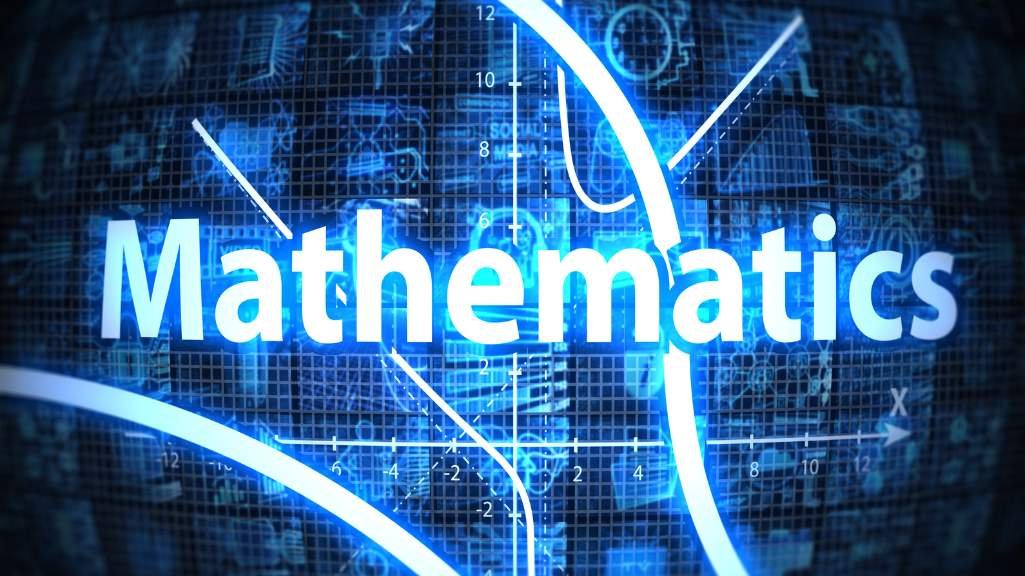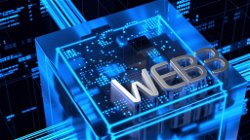Impact of Technology on the Learning and Teaching of Mathematics
Ronit Agarwal
. 2 min read
Several studies, conducted by dedicated researchers and developers, show that using technology as an intervention tool in mathematics influences student outcomes, motivation to learn, and attitude about learning. The collective efforts of these researchers and developers have shed light on the positive impact of technology in the realm of mathematics education. However, it is important to note that no meta-analysis currently exists that examines all three of these characteristics combined, along with several facets of the interventions. Therefore, further collaboration between educators, researchers, and developers is crucial in conducting comprehensive analyses that encompass the multifaceted effects of technology interventions in mathematics education.

Interactive Visualizations and Explorations
Technology provides additional opportunities for learners to see and interact with mathematical concepts. Students can explore and make discoveries with games, simulations and digital tools. One excellent platform for teachers and students is the web-based graphing calculator, Desmos. The Desmos classroom activities page is a great starting point to engage students in playing with and testing mathematical ideas.
Scientific Research & Investigation
Technology and mathematics are central parts of scientific research and investigations from start to finish. Computers can be used to collect raw data in a process called data logging. This is where you connect sensors to a computer, and the data that that sensor collects is put straight into that computer, often going directly into plotting a graph.
Some Experiments Require Months of Analysis
Digital math tools increase student engagement
The learning process can become more dynamic and interactive thanks to the appropriate use of technology in the math classroom. Multimedia resources like animations and quizzes can make your lessons more exciting. For example, we enhance our digital textbooks with interactive Geogebra visualizations.
Technology in the math class bolsters personalized learning
No two students are the same. Integrating technology in the math classroom will aid you in creating tailored learning experiences and supporting everybody. You can give extra time to a student with special learning needs or adapt the exam hours for students who live in other countries.
Must Have Gadgets For Mathematicians
Once students have mastered basic math concepts, using calculators help prepare them for the real world. When you have to figure out your property tax percentage, for example, you don't sit around doing several pages of long division, you use a calculator.
Overhead Projectors
For mathematics classrooms that don't have access to Smartboard technology, overhead projectors are very useful. This piece of technology allows teachers and students to write normally and then to have the image projected onto a screen so that all students may see it easily. Teachers can re-use overhead transparencies (clear papers) or can save the ones from important lessons.
Geometry Box & Pad
A geometry box is a set of various instruments required for basic geometric diagrams and graphs. It consists of instruments like a compass, divider, ruler, set squares, and protractor. These instruments are crucial for geometry classes. These tools are significant for students learning geometry.
Computers
In modern society, you are likely to see at least one classroom computer in every room you teach. A classroom computer can be defined as any electronic device that allows students to access the Internet to research, create, and complete work.
More Stories from
Addressing the Top Security Challenges in API Development
Implementing best practices and a security-first approach will help safeguard your APIs and ensure the secure transfer of data.
Boost Your Productivity: Top Software Development Tools
This article provides an overview of various software development tools and frameworks.
International Telecommunication Union (ITU): Bridging the Global Digital Divide
The International Telecommunication Union (ITU) is a specialized agency of the United Nations, dedicated to promoting global connectivity.
Illuminating the Future: A Comprehensive Guide to Light Emitting Diodes (LEDs)
Discover the history, working principles, and diverse applications of LEDs, from lighting and displays to automotive advancements.
The World Wide Web: Connecting Humanity Across Time and Space
From its inception by Sir Tim Berners-Lee to its exponential growth, learn how the Web revolutionized communication, commerce, and society at large.
.png?height=40)
.jpg?width=250&aspect_ratio=16:9)
.jpg?width=250&aspect_ratio=16:9)







.png?width=40&aspect_ratio=1:1)
